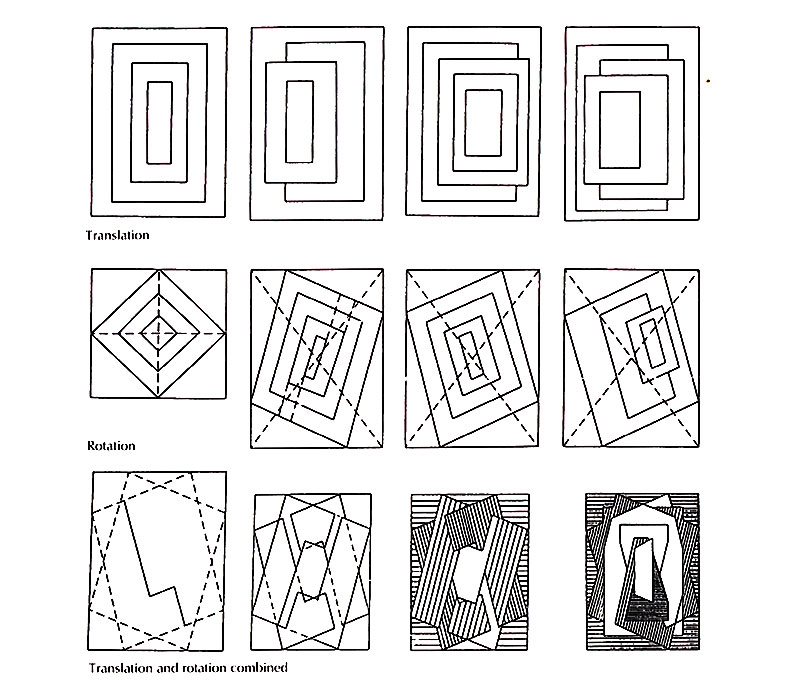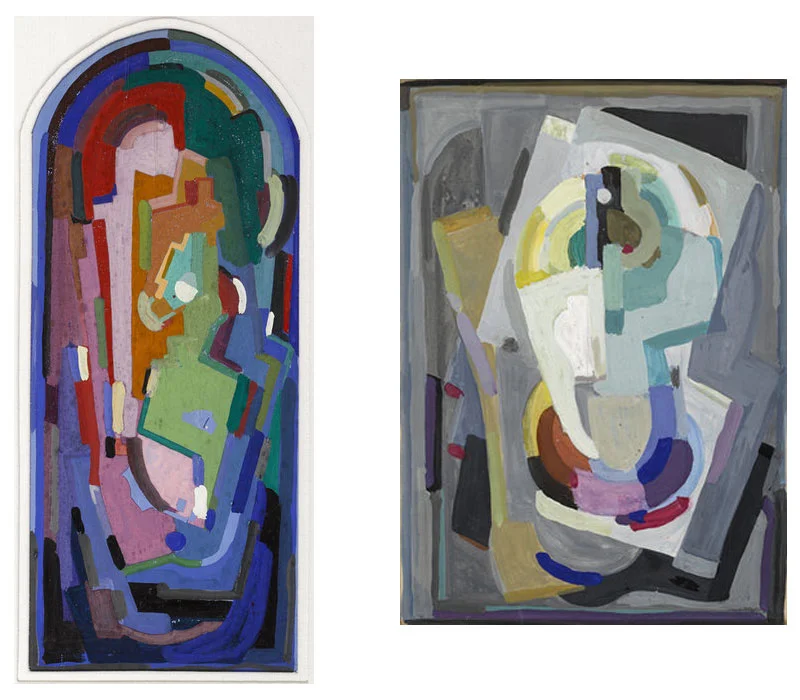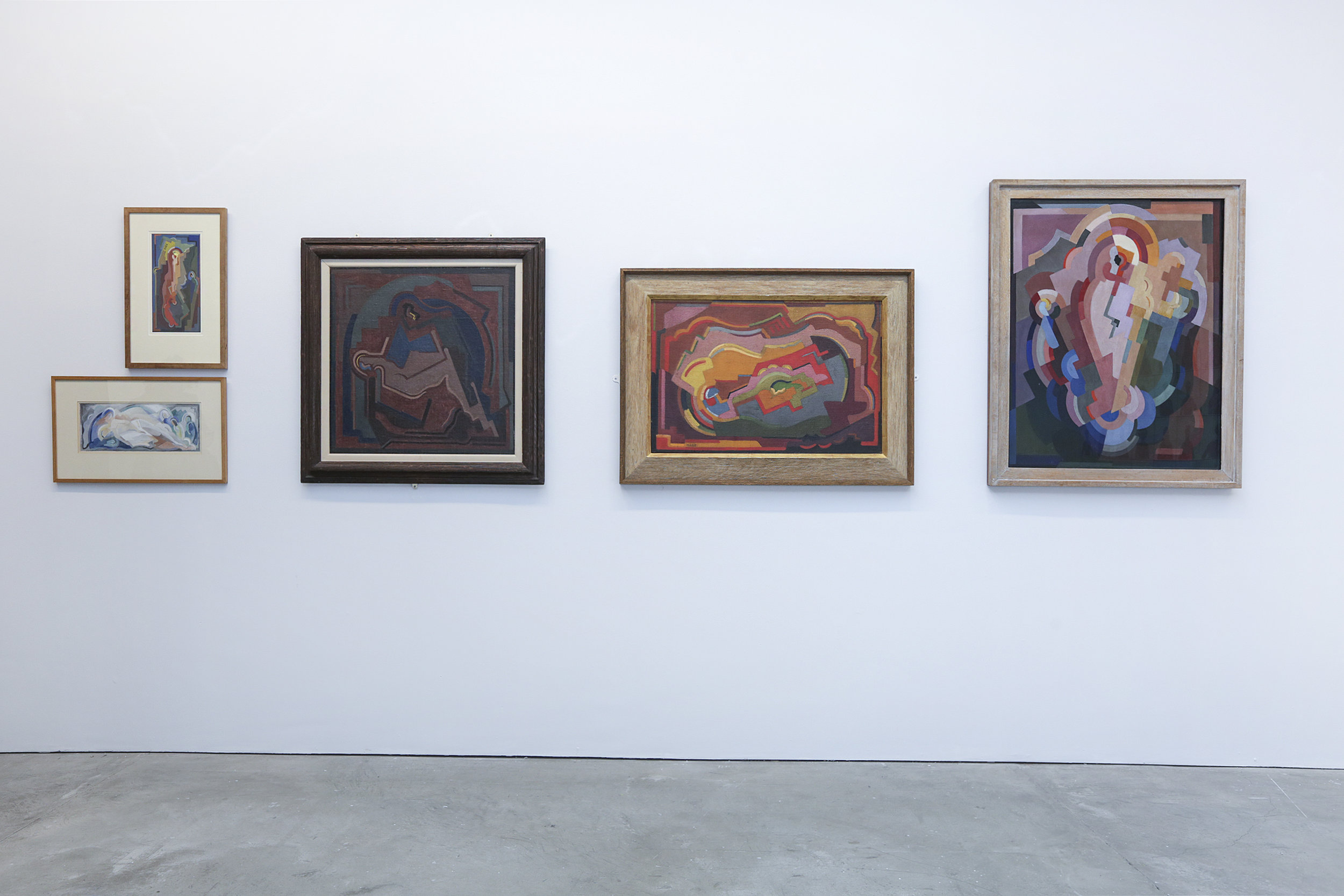Mainie Jellett
Mainie Jellett
Mary Harriet (Mainie) Jellett [1897—1944] was a leading artist and integral figure in the introduction and development of the Modernist art movement in Ireland. Her work paved the way for Modernism to take root in the artistic landscape of Ireland through exhibiting new work, teaching and promoting the movement both nationally and internationally.
‘Decoration’, Tempera On Wood Panel, 89 x 53 cm, 1923, The National Gallery of Ireland
Education / Career Trajectory
Jellett began studying art at the Dublin Metropolitan School of Art (1914-17) followed by the Westminster School of Art in London before moving to Paris in 1921, where she studied under two renowned French Cubists. Under the teachings of André Lhote Jellett developed a cubist style.
‘Seated Female Nude’, Oil On Canvas, 56 x 46 cm, 1922 · Ulster Museum (Ireland)
However, her desire to develop her style further led her to leave the teachings of Lhote after only a year. Over a period of ten years Jellett traveled between Dublin and Paris where she studied under Albert Gleizes. In this time she developed her own distinct style of abstraction and began to introduce it to Ireland, but it was met with disapproval. Jellett was described as a victim of 'artistic malaria' (Cubism) producing works which were an 'insoluble puzzle'. Nevertheless, Jellett persisted and became an advocate for modernism in Ireland. Over the next two decades, Jellett worked on refining her style, teaching and promoting the movement. This ultimately led to her work being successfully adopted as the face of Irish modernism. After receiving a silver medal at the Aonach Tailteann in 1932 (Irish Free State version of the Olympic Games) Mainie Jellett became the spokesperson for Irish Modernism - representing Ireland at the New York World Fair in 1939.
Artistic Process
Jellett used cubism as a departure point in the development of her own style of abstraction. In the production of her non-representational artworks she described her process as using “natural forms as a starting point towards the creation of form for its own sake”. This was achieved by means of translation and rotation, whereby the rhythmic rotation and mirroring of forms within the pictorial plane created abstract compositions. Jellett also described the “great potential force” that colour had which she demonstrated through the use of various mediums such as oil, tempera, gouache and silkscreen print.
As her abstract style was met with resistance during the 1920s, Jellett refined her style by reintroducing figurative elements into her compositions in the 1930s.
(Left) Abstract Composition, Gouache, 53 x 22 cm. (right) Cubist Composition, Gouache On Card, 30 x 22 cm. · Image credit: Whyte’s
Lasting Significance
Through her endless work in promoting modernism in Ireland Jellett laid a foundation which cultivated the development and promotion of subsequent modern and contemporary art. Alongside fellow artists in 1943, Jellett founded the Irish Exhibition of Living Art, which was an annual exhibition of avant-garde Irish art produced by living artists of the time. The IELA ran until the 1980s and succeeded in not only changing the mindset of the Irish public and gallerists but also in embracing new movements in art as they developed.
'Abstract Composition', Oil On Canvas, 104 x 82 cm, 1935, Crawford Art Gallery Cork · Image credit: Artsy
The artwork that she produced also retains its relevance today with the likes of EVA using the Madonna and Child during the 2018 referendum to repeal the Eighth Amendment and Irish rug makers Ceadogán Rugs producing a collection based off of Jellett’s original rug designs.
Mainie Jellett, Installation view at the 38th EVA International 2018.
Courtesy of the artist, EVA International 2018, and University of Limerick · Image credit: Deidre Power
Mainie Jellett No.1, Ceadogán Rugmakers · Image credit: Ceadogán Rugmakers
Experience the Work
If you would like to see some of Jellett’s works, here are a selection of pieces in public collections:
Decoration, 1923, National Gallery of Ireland, Dublin
Abstract Composition, 1935, Crawford Art Gallery, Cork
Madonna and Child, 1936, Merrion Hotel, Dublin
The Ninth Hour, 1941, Dublin City Gallery Hugh Lane, Dublin








